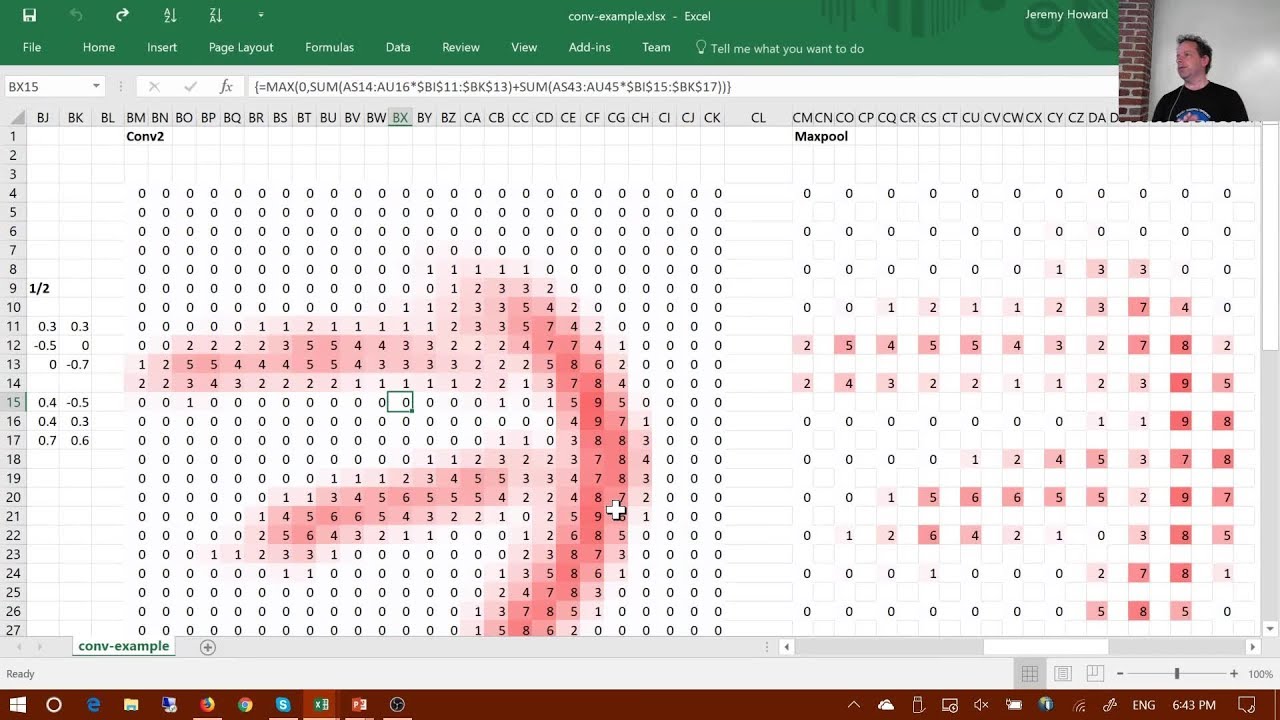here is my whole cross model:
batch_size = 32
nb_epochs = 100
model = Sequential()
model.add(Conv1D(32, kernel_size=3, activation='elu', padding='same', input_shape=(max_tweet_length, vector_size)))
model.add(Conv1D(32, kernel_size=3, activation='elu', padding='same'))
model.add(Conv1D(32, kernel_size=3, activation='elu', padding='same'))
model.add(Conv1D(32, kernel_size=3, activation='elu', padding='same'))
model.add(Dropout(0.25))
model.add(Conv1D(32, kernel_size=2, activation='elu', padding='same'))
model.add(Conv1D(32, kernel_size=2, activation='elu', padding='same'))
model.add(Conv1D(32, kernel_size=2, activation='elu', padding='same'))
model.add(Conv1D(32, kernel_size=2, activation='elu', padding='same'))
model.add(Dropout(0.25))
model.add(Flatten())
model.add(Dense(256, activation='tanh'))
model.add(Dense(256, activation='tanh'))
model.add(Dropout(0.5))
model.add(Dense(2, activation='softmax'))
# Compile the model
model.compile(loss='categorical_crossentropy',
optimizer=Adam(lr=0.0001, decay=1e-6),
metrics=['accuracy'])
# Fit the model
model.fit(X_train, Y_train,
batch_size=batch_size,
shuffle=True,
epochs=nb_epochs,
validation_data=(X_test, Y_test),
callbacks=[EarlyStopping(min_delta=0.00025, patience=2)])
it just returns everything with exact number = 0 as negative labels - Do you have any suggestion?
